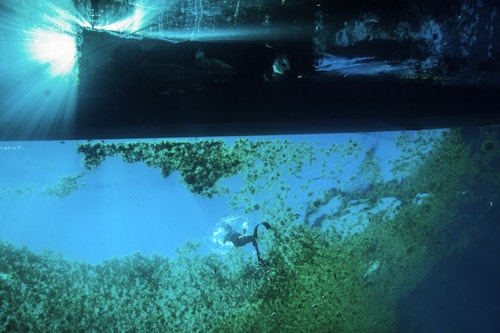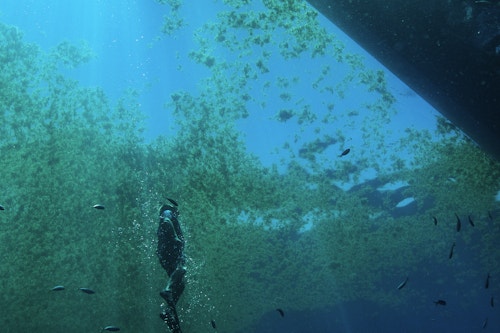Since Cousteau’s time, our perception of the ocean involves a silent world. This could not be further from the truth. Indeed, this vast blue space is filled with sonorous messages that travel hundreds of kilometres, the passing on of information and the maintaining of social bonds between underwater creatures.
The larvae of reef fish, for example, live out at sea and locate the reef thanks to its sound. This same homing instinct can even be used to assist in the recruitment of juveniles on damaged reefs. Indeed, after events such as a coral bleaching episode, the fish lose their home as the reef dies and becomes silent. This inevitably leaves the juveniles feeling disorientated. However, some scientists have now managed to increase the recruitment of young fish by emitting the sounds of healthy reefs to guide them.
Marine mammals like dolphins and whales devote three times the amount of neurons to hearing than land-based mammals. The reasoning behind this is that through their songs and their clicks, these creatures are able to communicate with one another, find partners, hunt their prey, move around and understand their environment.
This dark world is full of sounds forming a genuine underwater song of life.
The full article can be found on Energy Observer website.



